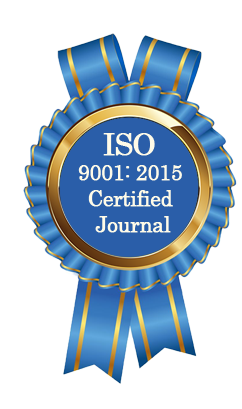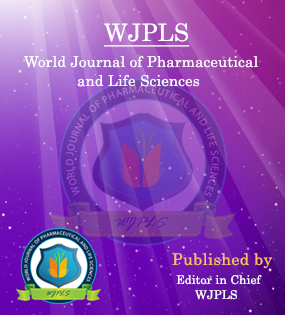Abstract
BIOCHEMISTRY OF ALZHEIMER’S DISEASE
Dr. Anil Batta*
ABSTRACT
Alzheimer's disease, the cause of one of the most common types of dementia, is a brain disorder affecting the elderly and is characterized by the formation of two main protein aggregates: senile plaques and neurofibrillary tangles, which are involved in the process leading to progressive neuronal degeneration and death. Neurodegeneration in Alzheimer's disease is a pathologic condition of cells rather than an accelerated way of aging. The senile plaques are generated by a deposition in the human brain of fibrils of the beta-amyloid peptide (Abeta), a fragment derived from the proteolytic processing of the amyloid precursor protein (APP). Tau protein is the major component of paired helical filaments (PHFs), which form a compact filamentous network described as neurofibrillary tangles (NFTs).[1] Experiments with hippocampal cells in culture have indicated a relationship between fibrillary amyloid and the cascade of molecular signals that trigger tau hyperphosphorylations. Furthermore, the degree of dementia is clearly associated more with the degree of neurofibrillary pathology than with the amyloid plaque burden. In general, amyloid formation may very well be at the end of a pathophysiological cascade, set in motion by many different triggers. This cascade could involve excessive apoptosis, followed by necrosis and inflammation.[2] The pathogenesis of AD is complicated, but further identification of the processes of neurodegeneration will also lead to identification of the factors that make specific neurons vulnerable and, hopefully, point the way to a means to prevent neuronal degeneration at an early stage.
[Full Text Article] [Download Certificate]WJPLS CITATION 
| All | Since 2020 | |
| Citation | 590 | 424 |
| h-index | 12 | 10 |
| i10-index | 17 | 14 |
INDEXING
NEWS & UPDATION
BEST ARTICLE AWARDS
World Journal of Pharmaceutical and life sciences is giving Best Article Award in every Issue for Best Article and Issue Certificate of Appreciation to the Authors to promote research activity of scholar.
Best Article of current issue
Download Article : Click here





